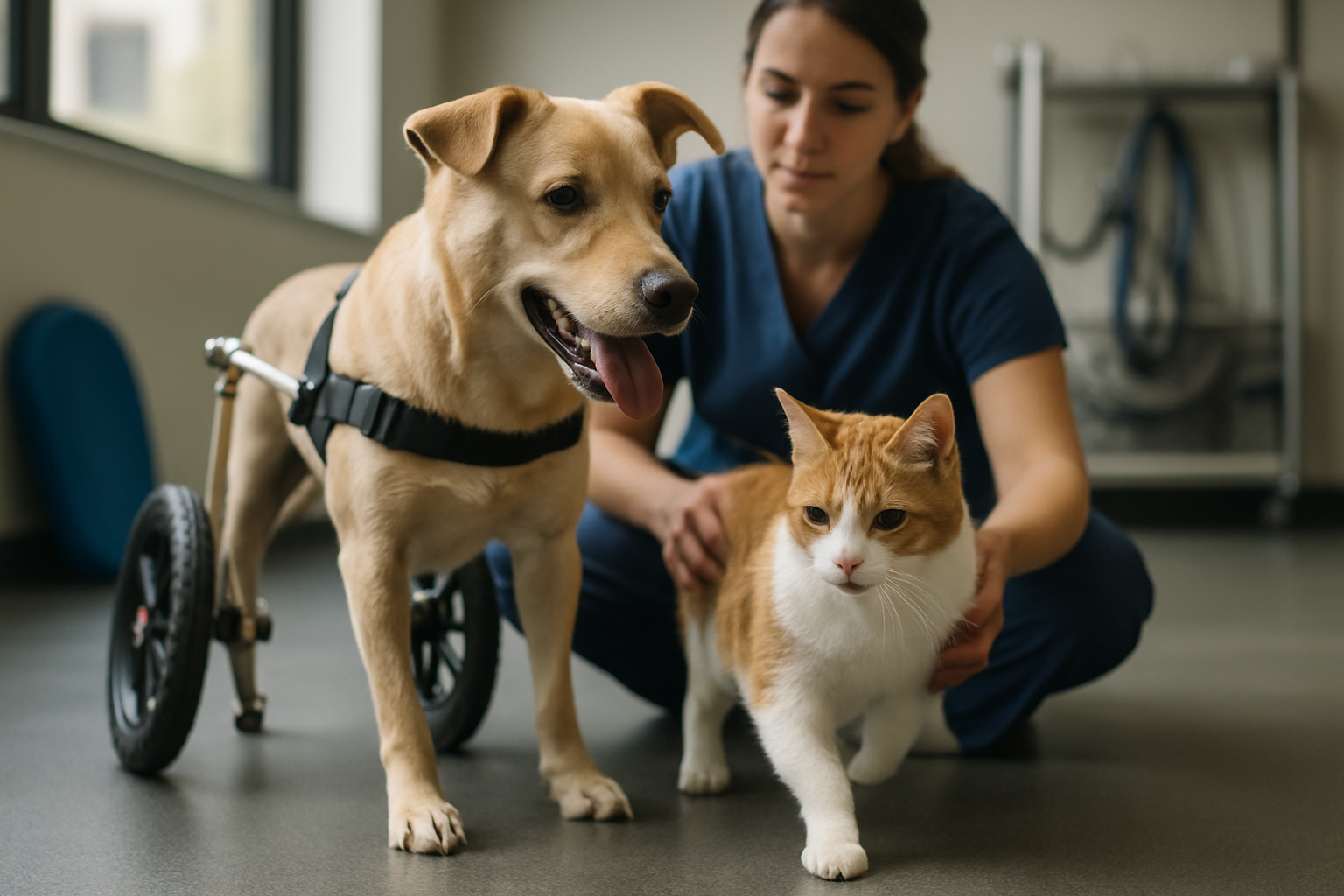Feeding routines that support consistent behavior
Consistent feeding routines help pets predict daily events, reduce stress, and encourage desirable behavior. By aligning meal times with training, exercise, and rest, owners can shape habits that promote calm, reduce anxiety, and support overall health. This article outlines practical feeding strategies, how nutrition links to behavior, and how routines fit with enrichment, grooming, and veterinary care.

Predictable feeding routines are a practical way to support consistent behavior in companion animals. Establishing set meal times, portion sizes, and feeding locations gives pets reliable cues about when to expect food, which can reduce begging, anxiety, and impulsive behavior. Consistent feeding also creates natural opportunities for training and reinforcement, and it provides structure that helps indoor pets maintain activity cycles and healthy sleep patterns.
How does feeding support training and behavior?
A feeding routine becomes a training tool when you use portions or meal delivery as reinforcement. Timing meals around short training sessions—before play or during clicker work—makes food a reliable reward, helping pets learn commands faster. For pets with behavior issues, rationed mealtimes can replace ad-hoc treats, limiting overfeeding while still providing motivation. Consistency in where and how food is presented also reduces resource guarding by creating predictable sharing or separation patterns.
What role does nutrition play in routines?
Nutrition affects energy levels, mood, and cognitive function, so diet choices should align with a pet’s activity schedule. High-quality protein and balanced fats support stable energy, while fiber can regulate digestion and reduce discomfort that might manifest as restlessness. For animals on weight management plans, structured feeding and portion control prevent nighttime scavenging and reinforce predictable behavior. Consult a veterinary professional for diets tailored to age, breed, and health status before changing a routine.
How can feeding enhance enrichment and indoor life?
Feeding can be an enrichment activity for indoor pets: puzzle feeders, scatter feeding, and timed feeders encourage natural foraging behaviors and slow fast eaters. These methods increase mental stimulation and reduce boredom-related issues such as destructive chewing or excessive vocalization. Rotating enrichment feeding options keeps novelty high, and pairing feeding with safe indoor play sessions reinforces calm behavior after stimulation.
How does feeding relate to exercise and walking?
Schedule meals to complement exercise: avoid heavy meals immediately before vigorous activity, but don’t let a pet exercise on an empty stomach if it leads to low blood sugar or irritability. A small pre-walk snack can improve focus and motivation during training on the walk, while a larger meal after exercise helps recovery and signals downtime. Regular feeding and walking schedules help synchronize physical needs with behavioral expectations, reducing hyperactivity and anxiety.
Can feeding plans reduce anxiety and improve socialization?
Predictable feeding reduces anticipatory anxiety by removing uncertainty about when food will appear. For socially anxious pets, using feeding as part of desensitization—providing meals in the presence of a mildly stressful stimulus—can create positive associations. During multi-pet household introductions, structured feeding (separate bowls, staggered times) prevents resource conflict and teaches polite behavior around food, supporting safer socialization.
How should grooming and veterinary care fit into routines?
Routine feeding practices should be integrated with grooming and preventive care to build tolerance to handling and examinations. Offer small meals or treats before and after grooming sessions to create positive associations with brushing and baths. Similarly, calming, consistent meal routines leading up to veterinary visits reduce stress; brief feedings tied to gentle handling at home help pets accept touch that vets will need to perform.
| Provider Name | Services Offered | Key Features/Benefits |
|---|---|---|
| Banfield Pet Hospital | Preventive care, wellness plans, vaccinations | Nationwide clinics, comprehensive wellness packages, emphasis on preventive scheduling |
| VCA Animal Hospitals | Emergency care, specialty surgery, diagnostics | Large network with specialty services, extended hours in many locations |
| Vets4Pets | Routine veterinary care, preventative treatments, behavior advice | Focus on accessible appointments and pet-focused client education |
Conclusion
Feeding routines are a versatile foundation for shaping consistent behavior. When combined with appropriate nutrition, enrichment, exercise, socialization practices, and integration with grooming and veterinary care, meals become cues that structure a pet’s day and reduce stress. Thoughtful, reliable feeding habits help owners manage behavior, support wellbeing, and create lasting, predictable interactions between pets and people.





